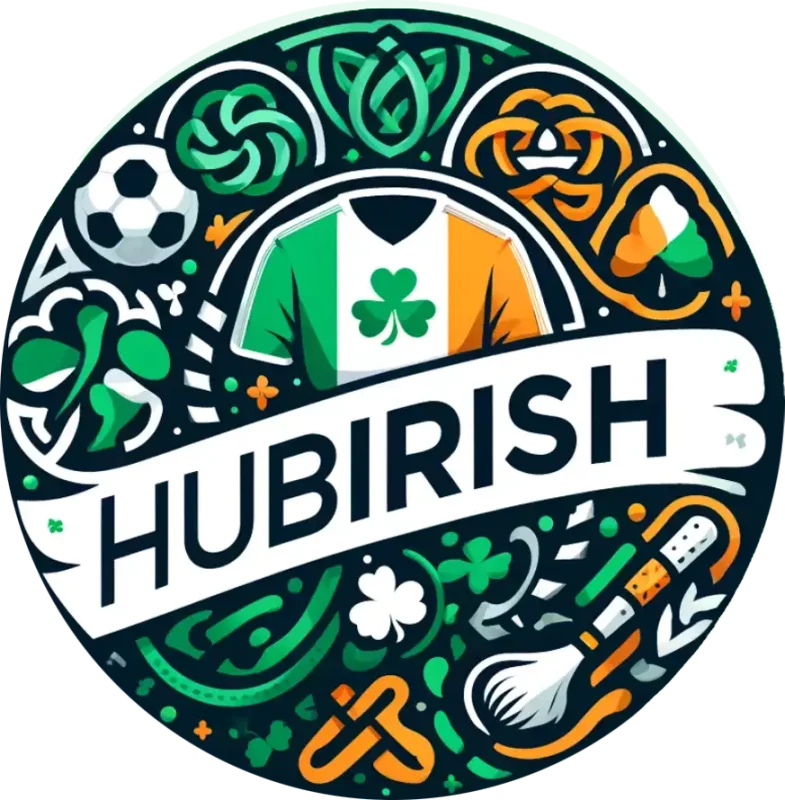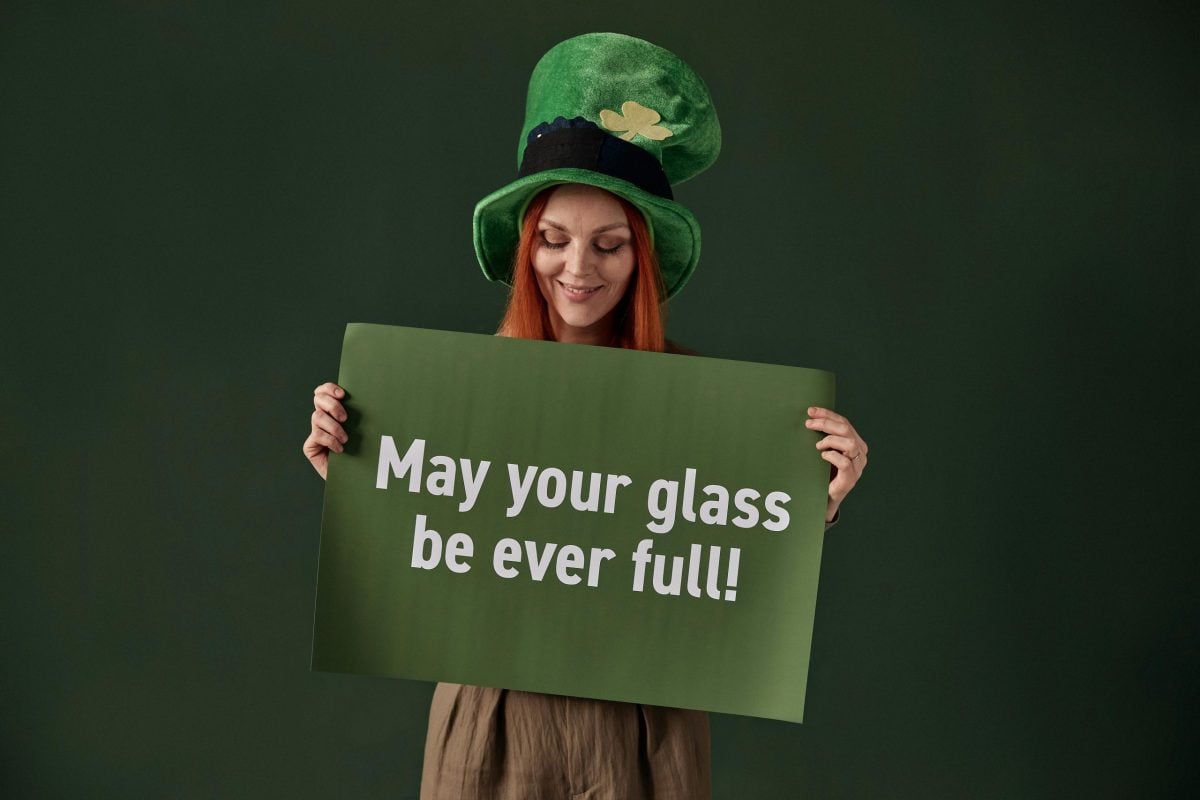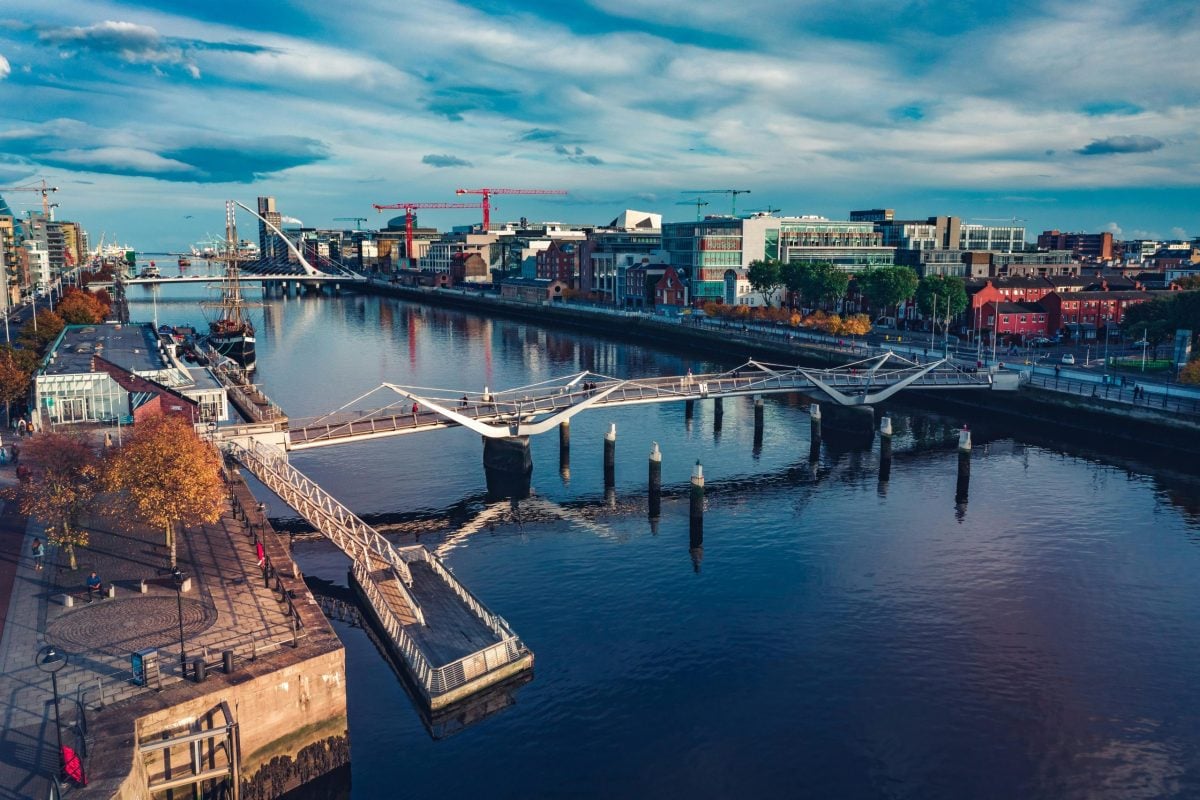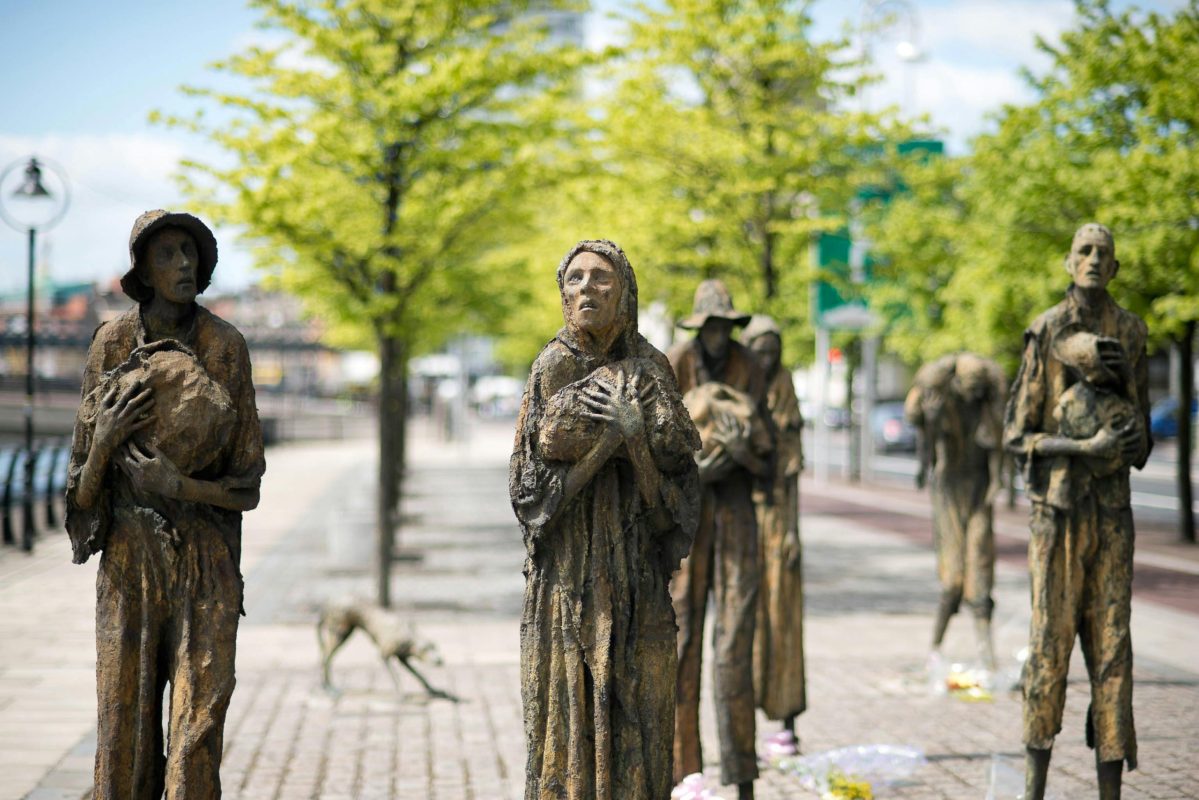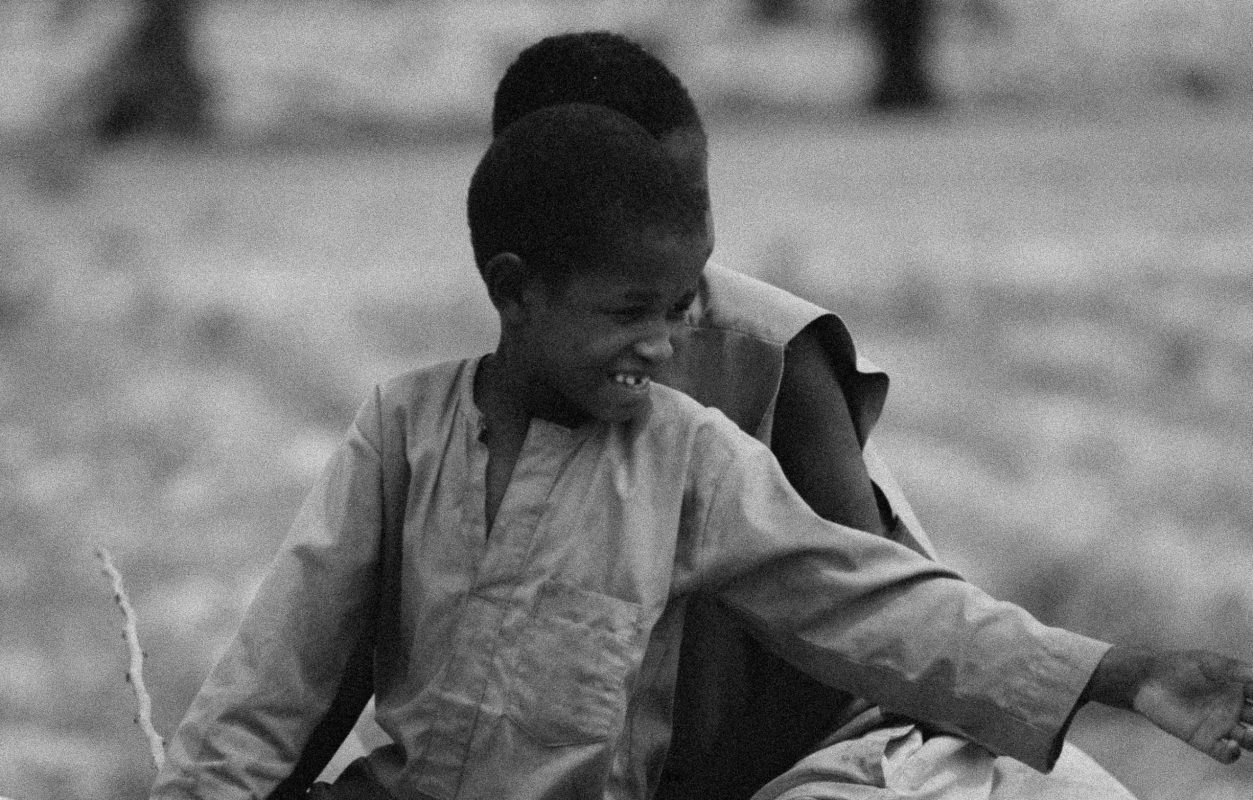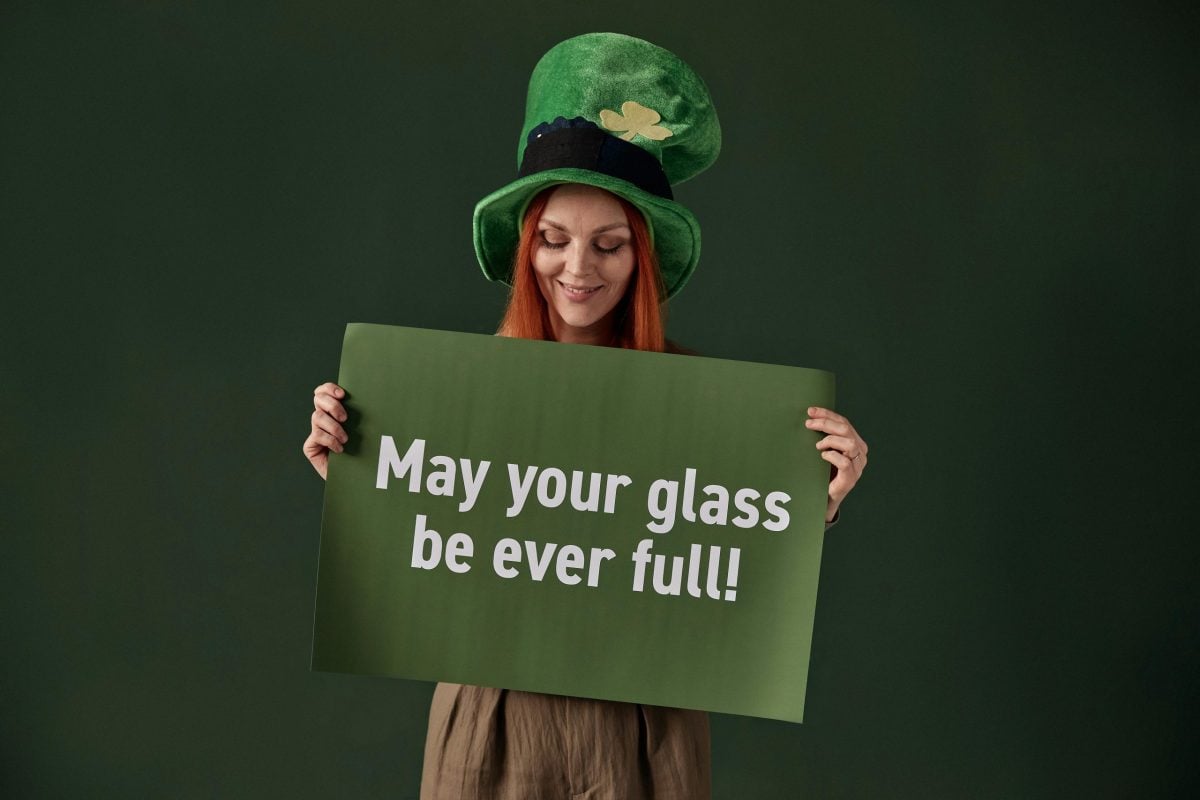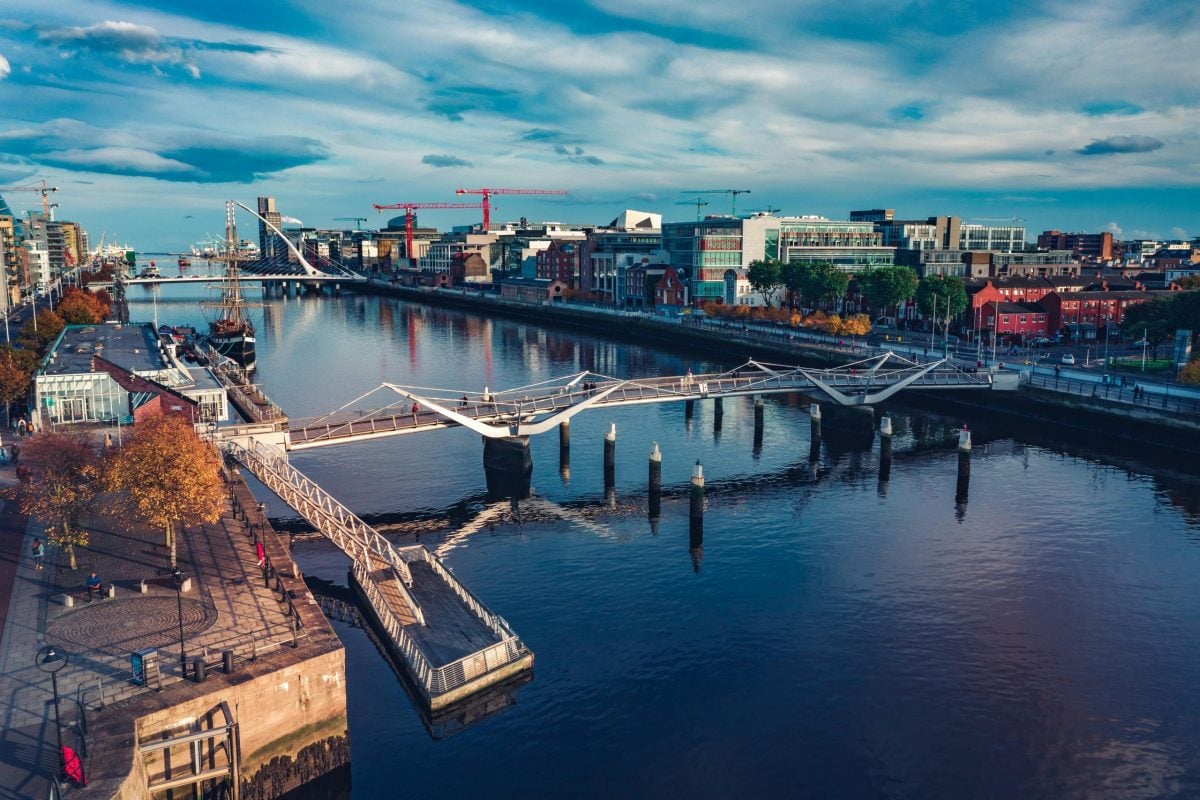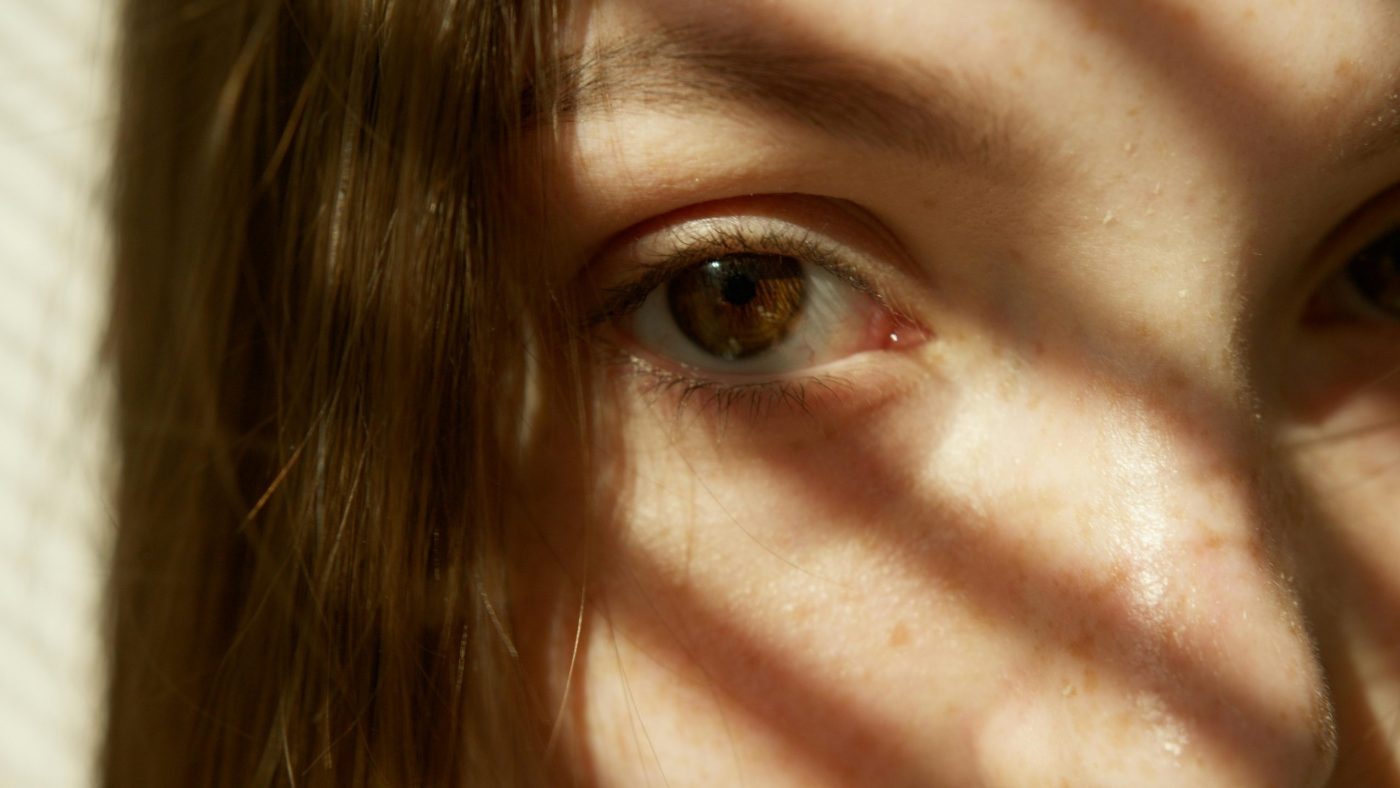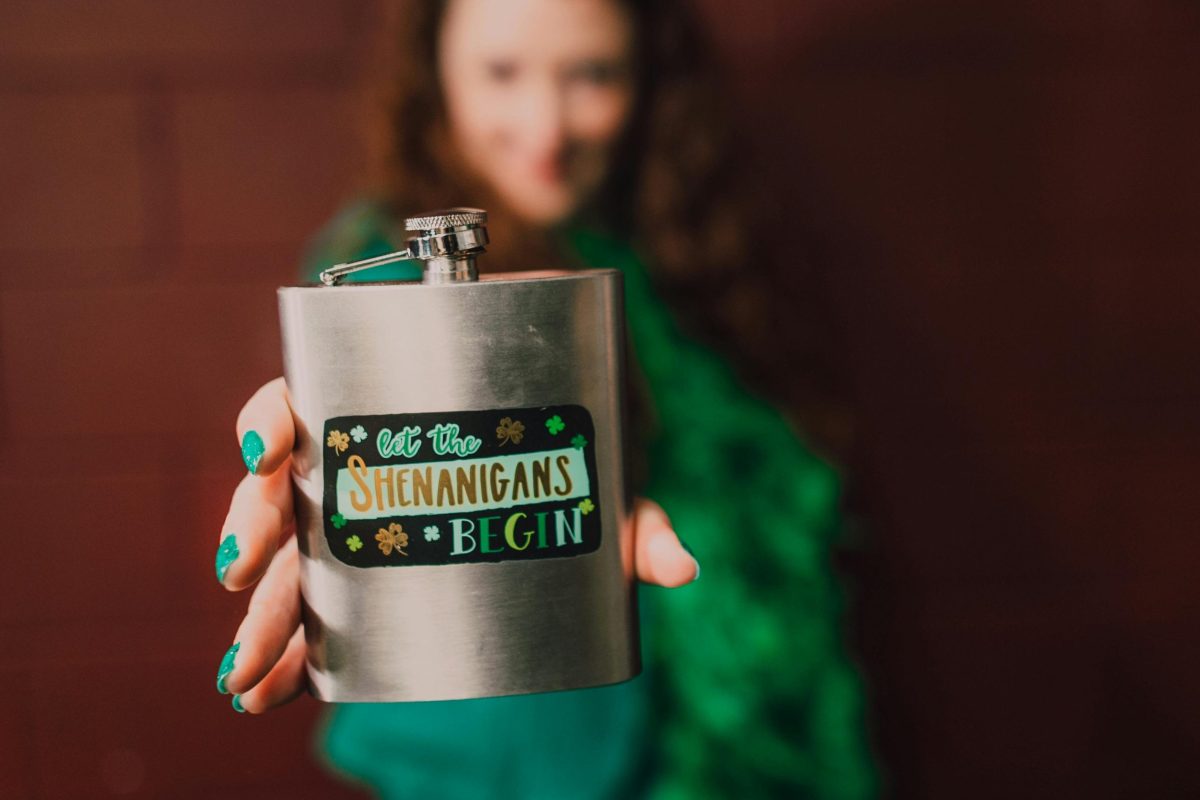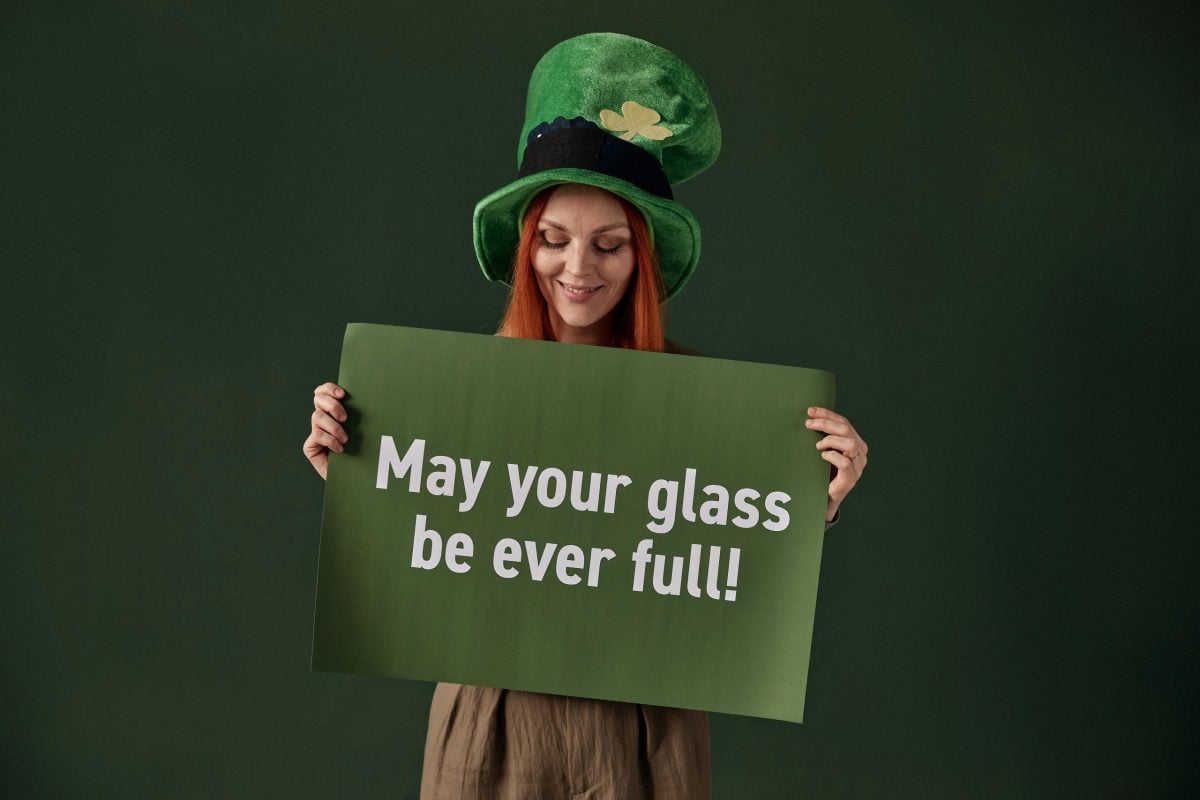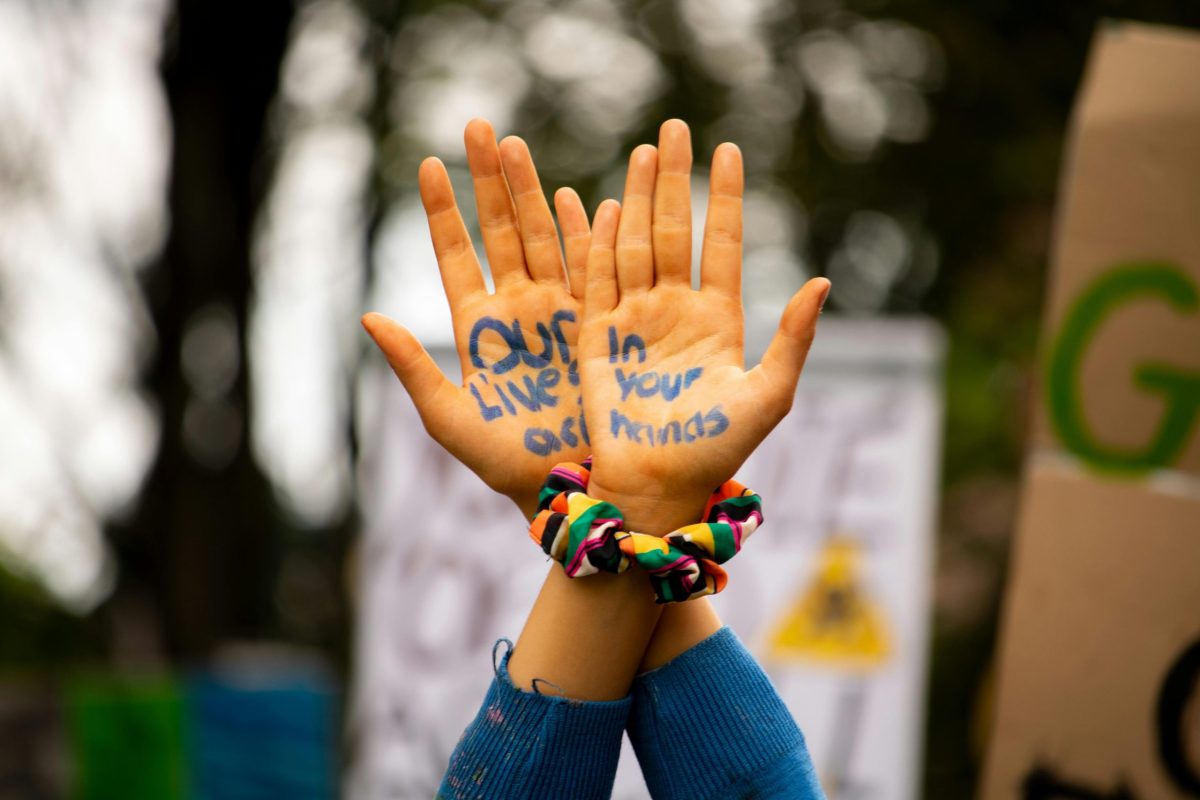The Night the GAA Stole Christmas: A Tale of Turf Wars and Team Spirits
Ah, gather round, my fine friends, for I’m about to spin you a yarn that lifts the heart and tickles the funny bone all at once. It’s a tale of turf battles and community spirit, where Christmas isn’t just a time for peace and good cheer, but a battleground for pride in the heart of every GAA lover in Ireland. The night the GAA stole Christmas might just sound like a cheeky jest; however, to the steadfast souls in the stands and the players on the fields, it’s a living memory stitched into the very fabric of our glorious isle.
Picture the scene: a crisp December eve, the frost coating the grass like powdered sugar over a cake. Huddled together in every town and village from Donegal to Kerry, families are preparing for the festive season, hungering for family time, warmth, and the cheer of the holiday. But, while many are singing carols and hanging wreaths, there’s another chorus echoing across the land — the fervent calls of GAA matches that refuse to die down. Ah, and therein lies the rub!
The Turf Wars: GAA vs. Christmas
Christmas is a time for goodwill, yet for some, it’s always been overshadowed by the relentless clamor of the GAA calendar. For the stalwarts of the Gaelic Athletic Association, the idea of taking a break from matches for Christmas is akin to asking a fish to survive without water. A fixture can mean everything; it holds the promise of local rivalry and rekindled community spirit. There’s nothing quite like a Christmas night game under moonlit skies filled with the promise of glory — and of course, a chance to show up the neighbours while they’re distracted by turkey leftovers.
But what happens when the festive spirit clashes with the fervor of the GAA? Ah, there’s the twist! You see, years ago in a small village in County Clare, the annual Christmas match was almost scrapped. It was a year when everyone seemed determined to uphold the sanctity of Christmas — no matches, no rowdy celebrations. However, some members of the local GAA felt this was as unreasonable as a pint of Guinness without a shamrock!
When the news broke that the festive match was at risk of cancellation, a certain sense of determination cloaked the town. It was as if all the GAA spirit that should have filled the stands suddenly boiled over, spilling into the streets, and launched the progenitors of turf wars into action. Thus began a campaign that would become the legend known affectionately as “The Night the GAA Stole Christmas.”
Turf Wars and Team Spirits
So there they stood, our GAA heroes, a motley crew clad in their jerseys — all shades of green, blue, and red issuing from nearby fields, heartwarming as a chimney on a frosty night. Their call to arms was a raucous yet heartfelt rallying cry echoing through the days leading up to the never-before-held Christmas classic. “To hell with the Christmas pause!” they roared, while neighbors and families looked on with bemusement and laughter.
Ah, the sheer audacity! Here were villagers clad in jerseys, shouting down the spirits of Scrooge with every chant. The spirit of Christmas intertwined with the spirit of the GAA, creating a festivity that no Grinch could hope to withstand. Coffees brewed and mulled wine heated all across the landscape as fervor poured into preparing rigs filled with food, laughter, and a shared sense of tradition.
This spirit transcended mere sport. It revived tales of old — of legendary games played during tough winters, where youth huddled together, trembling not just from the cold, but from the sheer adrenaline coursing through their veins as they took to their pitch with nothing but a dream and a desire to win.
Ultimately Uniting a Community
On the night itself, the air was charged with a palpable anxiety mixed with raw enthusiasm. The stands were packed with families keen to embrace this unique duality of Christmas cheer and competitive spirit. It became a tradition that encapsulated what it truly meant to be Irish — to blend laughter, competition, and family into one warm evening where stories abound.
Such is the power of the GAA; it fills our hearts with stories of our shared identity. Every point scored is a heartbeat, every cheer an echo of unity throughout the land. Just as neighbours quarrel over whose cabbage patch is greener, they also laugh and join forces at the local GAA pitch, where the only competition is that of team spirit. The night the GAA stole Christmas was more than just a time for sport — it became a beautiful reminder of community.
Yet, let’s not forget; these tales paved the way for generations. Our unique culture, intertwined with sport, became the lifeblood of familial bonds. From generations past recounting tales of daring feats on the field to children donning their beloved jerseys, the GAA connects all of us.
Summary: Key Takeaways
- Turf Wars: The struggle between upholding Christmas traditions and GAA fixtures showcases the passion of community and competition in Ireland, where sport often takes precedence over holiday norms.
- Tradition and Identity: The blending of Christmas cheer with GAA spirit reveals the significance of sport in Irish identity, encapsulating the values of unity and pride.
- Community Building: The night became a rallying point for locals, fostering connections and traditions that will echo through generations, perpetuating a love for the game and the community.
- Cultural Legacy: Ultimately, this story illustrates how the GAA forms a vital aspect of Irish heritage, where each game weaves the fabric of local culture tighter, enriching the community’s narrative.
Did You Know?
- In the 1980s, Irish prisons banned GAA jerseys because of their political symbolism — how’s that for a game creating a stir?
- More people speak Irish in Los Angeles than in Connemara, thanks to a wave of Irish culture making its way across the waters.
- Many GAA legends were born in small, rural fields — inspiring kids for generations and reminding us that giants can come from humble beginnings.
Frequently Asked Questions
Where can I find a retro Ireland jersey?
You can grab the 1990 Ireland soccer jersey for a proper throwback to Italia ’90.
Is there a jersey for the 1916 Rising?
Yes — we have a powerful Tipperary 1920 commemoration jersey that honours the day GAA became history.
So as you pull on your beloved jersey and raise a glass this Christmas, remember that the spirit of the GAA infuses not just our games but also our hearts, intertwining our histories, our families, and our homes. Here’s to the nights that remind us of our roots, our pride, and the indomitable spirit of Ireland! If you’re looking to wear your pride on your sleeve this festive season, check out our selection at HubIrish.com — where each jersey tells a story.
